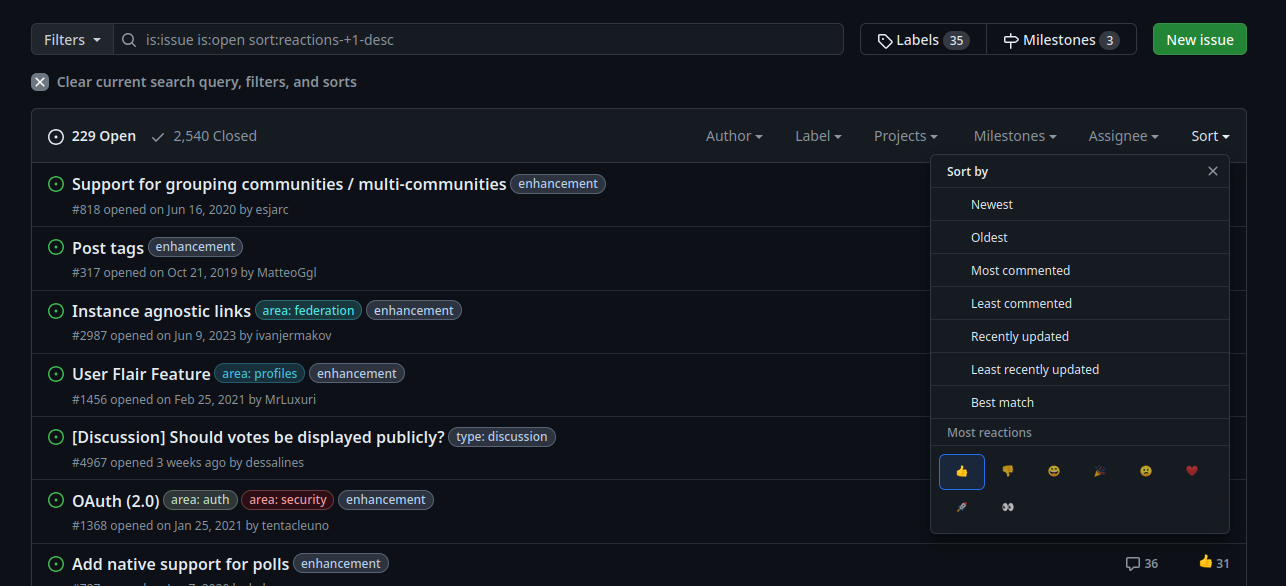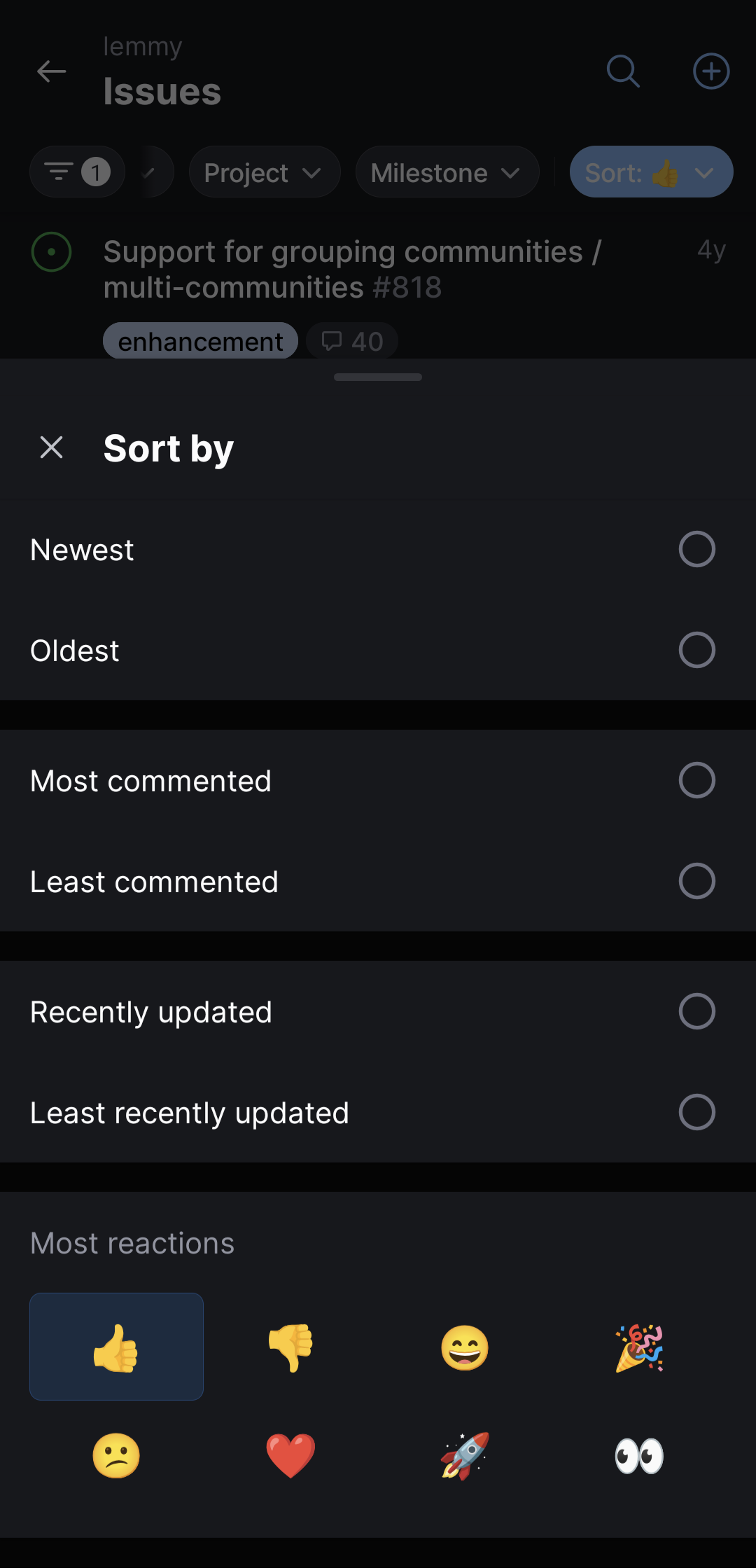X
Kalcifer
From what landfill did you unearth this 2010 era edgy ignorant teen humor?
T460, by my experience, has been perfect.
2 or 8
So, I bought an EasyCap device and ran some tests. I encountered a few things that I don't quite understand, and I would really appreciate your input!
I used a test VHS tape that I purchased at a thrift store (I'm not 100% sure if it's NTSC or PAL, but I'm decently confident that it's NTSC) (I'm also not sure what its aspect ratio is — I think it's either 1.33:1 or 4:3). I'm playing the tape in a PV-D4745S-K VCR. I have the composite out of the VCR going into the aforementioned capture device which is connected to a computer running Arch Linux.
First, I used the following ffmpeg capture settings:
ffmpeg -i /dev/video2 out.mkv
After capturing a short snippet of the test tape, I probed its metadata with ffprobe -i out.mkv, and saw that it was strangely in 25FPS, and 720x576 (which caused the video to be stretched vertically slightly), which is PAL. So, somehow the NTSC VHS being played in an NTSC VCR was being converted to PAL. In addition to that, the colors in the video were very overexposed. I tried a bunch of different manual settings like specifying interlacing with -vf "interlace", -standard ntsc, -vf scale=720:480, -vf fps=29.97, -standard NTSC, and none of them solved the issue. I then came across this answer on StackOverflow which stated that capture cards themselves have settings for the video feed, and ffmpeg can modify them with the -show_video_device_dialog true option. From the ffmpeg documentation:
show_video_device_dialog
If set to true, before capture starts, popup a display dialog to the end user, allowing them to change video filter properties and configurations manually. Note that for crossbar devices, adjusting values in this dialog may be needed at times to toggle between PAL (25 fps) and NTSC (29.97) input frame rates, sizes, interlacing, etc. Changing these values can enable different scan rates/frame rates and avoiding green bars at the bottom, flickering scan lines, etc. Note that with some devices, changing these properties can also affect future invocations (sets new defaults) until system reboot occurs.
Unfortunately, when trying this option, an error popped up saying that the option was unrecognized. After some digging, and prompting ChatGPT, I found that apparently that option is Windows only as it relies on Windows' "DirectShow system". The way to modify it in Linux is to use the Video4Linux2 framework, which is controlled with v4l2-ctl. So, I ran the following:
v4l2-ctl --device=/dev/video2 --list-formats-ext
which showed the following entry:
...
[0]: 'YUYV' (YUYV 4:2:2)
size: Discrete 720x480
...
Interval: Discrete 0.033s (30.000 fps)
...
So it is able to output NTSC — ie 720x480 at 29.97fps (I guess it rounds up the fps for whatever reason). So I then tried
ffmpeg -f v4l2 -video_size 720x480 -i /dev/video2 out.mkv
and it was able to output the video at 720x480 29.97 fps as desired, and the colors were no longer super overexposed. Using the -vf "interlace" flag, I do seem to also be able to capture interlaced video, so it also doesn't force progressive which is nice.
I thought that the capture card would be able to just autodetect what the input resolution was to allow ffmpeg to record at that, or at the very least, I would expect that specifying NTSC in ffmpeg would force the standard, but neither of those worked and I'm not sure why. There's also still an ongoing issue of the video being zoomed in/cropped slightly (I verified this by comparing against online sources of the same video (some were a VHS rip, others from non-VHS sources)). I tested the VCR's output on a regular TV, but unfortunately the TV forced 4:3 and cropped it even more, so I wasn't able to make a perfect comparison, though that was only additional horizontal cropping — the vertical cropping from before was still present. To be able to verify that, I'll have to pick up another test VHS tape to see if perhaps the test VHS tape that I currently have was just recorded in a cropped format.





Goodbye